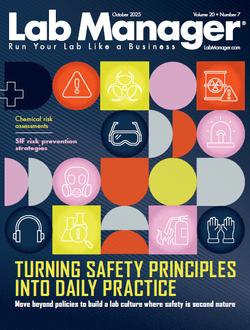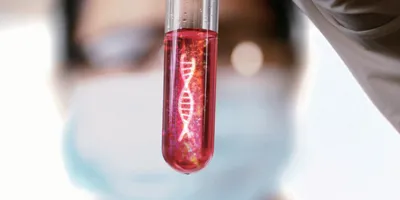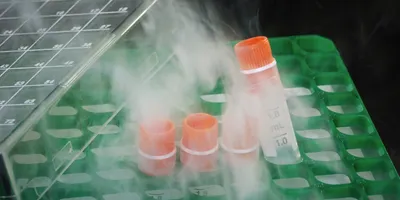OAK RIDGE, Tenn., Sep. 6, 2012 — A neutron detector developed for studies focused on life science, drug discovery and materials technology has been licensed by PartTec Ltd. The Indiana-based manufacturer of radiation detection technologies is moving the technology developed at the U.S. Department of Energy's Oak Ridge National Laboratory toward the commercial marketplace.
The Neutron-Sensitive Anger Camera allows researchers to study a wider variety of crystalline structures, supporting studies in biology, earth science, geology, materials science and condensed matter physics.
"This ORNL detector system, developed for DOE's Spallation Neutron Source, can determine the time and position of the neutrons captured, enabling extremely accurate neutron time-of-flight measurements," said Yacouba Diawara of the Instrument and Source Design Division at ORNL.
The detector achieves very high efficiency, high timing and position resolution and low background noise at a reduced cost — all characteristics that make it attractive for medical, biological and general scientific research.
"The detector is suited for biological samples because the protein crystals scientists are interested in are very small, about the size of a grain of sand," said Richard Riedel of the Instrument and Source Design Division at ORNL. "No other neutron detectors are suited for viewing these complex proteins at a pulsed neutron source."
The ORNL research team optimized an existing technology called the Anger Camera — named after its inventor, Hal Oscar Anger — by improving the detector's ability to view the atomic structure of crystals, such as those composed of protein macromolecules.
Previous neutron detectors struggled to resolve crystals smaller than 2 millimeters, but ORNL's system can clearly detect 1-millimeter and smaller crystals. This capability is important not only for biological crystals but also for small crystals that are subject to extremely high pressures using an instrument at SNS called the Spallation Neutron and Pressure Diffractometer.
"It turns out there are a number of proteins and enzymes that don't form very large crystals," Riedel said. "The push in neutron science has been to design devices that can detect smaller and smaller crystals — down to half a millimeter."
PartTec CEO Herschel Workman envisions this technology greatly impacting a variety of scientific fields. The advances in biological research alone could affect the development of novel drugs for many types of disease.
"We are pleased to receive this opportunity to manufacture and market the Anger Camera, which will help researchers expand current medical boundaries," Workman said. "Their work, in turn, will help those in need to find medical answers and options previously unavailable to them."
The system was developed by Riedel, Diawara, Theodore Visscher, Lloyd Clonts, Cornelius Donahue Jr. and Christopher Montcalm of ORNL's Neutron Sciences Directorate.
The project was funded by the DOE's Office of Science.
OAK RIDGE, Tenn., Sep. 6, 2012 — A neutron detector developed for studies focused on life science, drug discovery and materials technology has been licensed by PartTec Ltd. The Indiana-based manufacturer of radiation detection technologies is moving the technology developed at the U.S. Department of Energy's Oak Ridge National Laboratory toward the commercial marketplace.
The Neutron-Sensitive Anger Camera allows researchers to study a wider variety of crystalline structures, supporting studies in biology, earth science, geology, materials science and condensed matter physics.
To continue reading this article, sign up for FREE to

Membership is FREE and provides you with instant access to eNewsletters, digital publications, article archives, and more.










